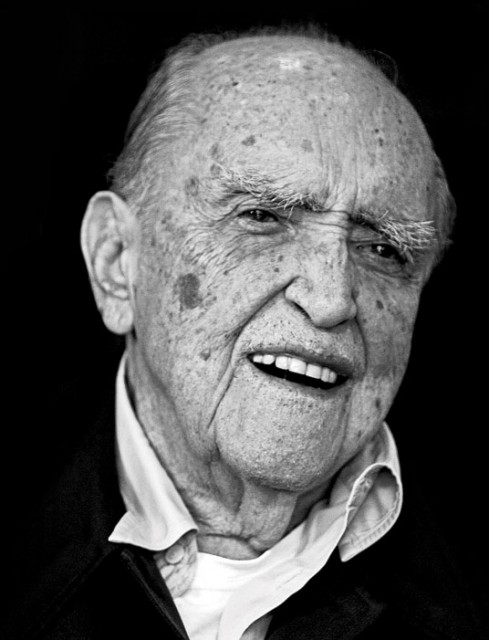Oscar Niemeyer

Oscar Ribeiro de Almeida Niemeyer Soares Filho (°Rio de Janeiro, December 15, 1907 – †Rio de Janeiro, December 5, 2012), was a Brazilian architect, he received the Prizker Prize in 1988.
Niemeyer was schooled at the city’s Escola Nacional de Belas Artes (Federal University of Rio de Janeiro), and after graduating worked at his father’s typography house, and as a draftsman for local architectural firms. In the 1930s, he interned with Lúcio Costa, with the pair collaborating on the design for the Palácio Gustavo Capanema in Rio de Janeiro. Niemeyer’s first major project was a series of buildings for Pampulha, a planned suburb north of Belo Horizonte. His work, especially on the Church of Saint Francis of Assisi, received critical acclaim and drew international attention. Throughout the 1940s and 1950s, Niemeyer became one of Brazil’s most prolific architects, working both domestically and overseas. This included the design of the Edifício Copan (a large residential building in São Paulo) and a collaboration with Le Corbusier (and others) on the United Nations Headquarters, which yielded invitations to teach at Yale University and the Harvard Graduate School of Design.
He pursued his passion at the National School of Fine Arts in Rio de Janeiro (Escola Nacional de Belas Artes) and graduated with a BA in architecture in 1934.
Niemeyer was best known for his design of civic buildings for Brasília, a planned city that became Brazil’s capital in 1960, as well as his collaboration with other architects on the United Nations Headquarters in New York City. His exploration of the aesthetic possibilities of reinforced concrete was highly influential in the late 20th and early 21st centuries.










